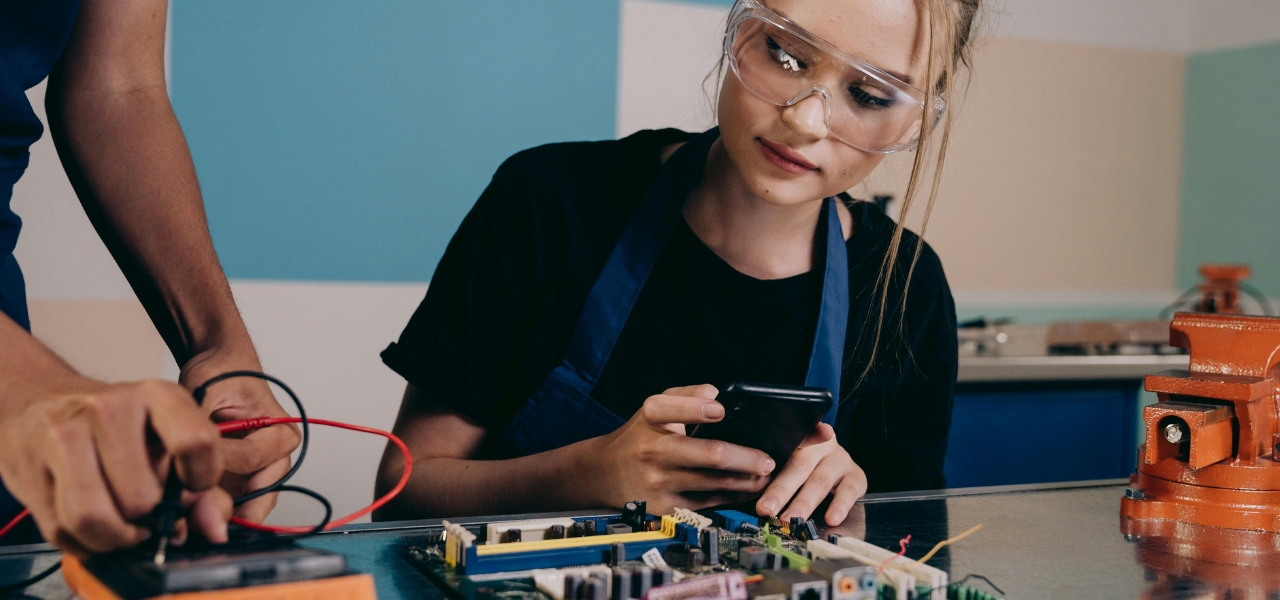Supercapacitors bridge the gap between conventional capacitors and batteries, offering rapid charge/discharge cycles and long lifespans. When built with graphene—an atom‑thin lattice of carbon with exceptional conductivity and strength—supercapacitors can approach battery‑level energy density while charging in seconds. In laboratory tests, graphene supercapacitors have demonstrated energy storage on par with batteries and recharge times of just one to two minutes.
Challenges in Graphene Production
Commercializing graphene‑based devices hinges on scalable, defect‑controlled synthesis. Conventional chemical vapor deposition (CVD) and liquid‑phase exfoliation struggle to deliver uniform, large‑area sheets with minimal defects at bulk scales. Precise control over layer number, sheet size, defect density and chemical functionality remains a critical barrier
Microwave Plasma‑Driven Synthesis
Microwave plasma reactors have emerged as a game‑changer. In a typical setup, a methane/argon gas mix is ignited by a microwave field to create a high‑energy plasma. Carbon species from methane rapidly nucleate and grow into graphene directly on a substrate or as a freestanding powder. Key advantages:
- Gram‑scale production: Enables practical quantities for industrial adoption.
- Tunability: Adjusting plasma power, gas ratios and pressure controls layer count and defect sites.
- Speed: Growth times drop from hours (CVD) to minutes.
High‑Purity Material Properties
Recent studies report:
- Layer control: 1–5 layers with ±1‑layer precision.
- Defect minimization: Raman spectra show D/G ratios < 0.1, indicating few lattice defects.
- Sheet size: Lateral dimensions up to 50 µm, ideal for percolative networks.
- Uniformity: Narrow size distributions ensure consistent electrode performance..
Integrating Graphene into Supercapacitor Electrodes
The Graphene Flagship initiative is collaborating with industry to embed microwave‑plasma graphene into high‑surface‑area electrodes. Porous composites leverage graphene’s conductivity and surface area to maximize charge storage and minimize internal resistance. Recent pilot cells show ionic conductivities above 10 S/m and electrode porosities > 95 %.
Performance Highlights
Graphene‑based supercapacitors synthesized via microwave plasma exhibit:
- Energy density: Up to 15 Wh/kg, roughly half that of lithium‑ion batteries.
- Power density: Exceeding 10 kW/kg, enabling sub‑second bursts.
- Cycle life: > 500 000 cycles with < 5 % capacitance loss.
- Efficiency: Round‑trip efficiencies > 99 %.
Market Outlook
A recent market analysis forecasts the graphene‑based supercapacitor sector to grow at a CAGR > 25 % through 2034, driven by innovations in sustainable materials and scalable graphene production. Applications span automotive, grid stabilization and portable electronics.
Emerging Applications
- Electric vehicles: Regenerative braking modules for rapid energy recapture.
- Grid storage: Short‑duration, high‑power buffering to smooth renewable output.
- Wearables & IoT: Ultra‑thin, fast‑charging power packs for medical sensors and smart textiles.
Future Directions & Challenges
Despite breakthroughs, key challenges remain:
- Energy density gap: Supercapacitors still lag batteries; hybrid systems (battery + supercapacitor) are under development to balance power and capacity.
- Cost reduction: Scaling microwave plasma reactors and reducing gas consumption will be crucial.
- Electrode engineering: 3D printing of graphene composites promises custom form‑factors for next‑gen devices.
Also read: The Next Generation of Flight with Bladeless Jet Propulsion
Concluding Note
Microwave plasma synthesis delivers a fast, tunable route to high‑purity graphene at scales suitable for commercial supercapacitors. With market momentum building and performance metrics climbing, graphene supercapacitors stand poised to redefine rapid‑charge energy storage across industries.
Tags:
Emerging IndustriesTechnology TrendsAuthor - Jijo George
Jijo is an enthusiastic fresh voice in the blogging world, passionate about exploring and sharing insights on a variety of topics ranging from business to tech. He brings a unique perspective that blends academic knowledge with a curious and open-minded approach to life.
